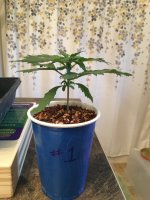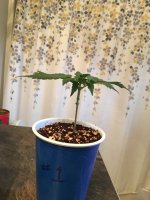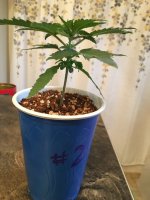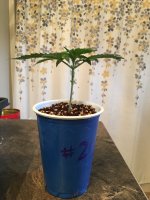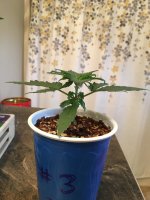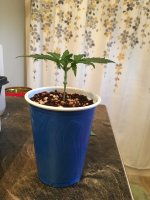- Thread starter
- #101
Heavenly Hybrid
Well-Known Member
Lovely young ladies there Shed! They are looking great. My mistake, my buddy has a CMH light. I believe they run really hot and he didn’t have a fan going or anything in his tent. He still has three going and now they’re under CFLs. So let’s talk lights for a second. I read that for LEDs, plants need 75w per plant. Would you think that applies to just seedlings? Or would that be more for it’s entire life cycle?I've still got my Candidas under a 23 watt CFL! Three weeks today:






 Appreciate it
Appreciate it 

 glad to have you in my lil ol tent!
glad to have you in my lil ol tent!